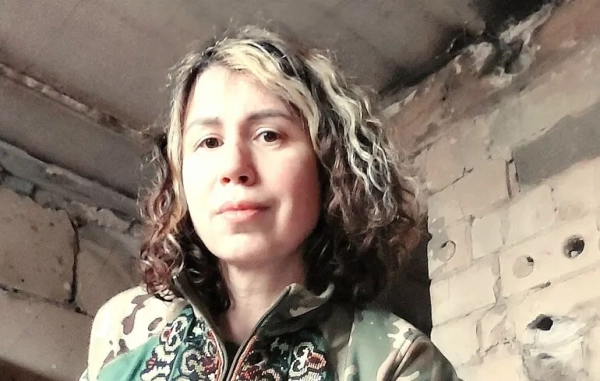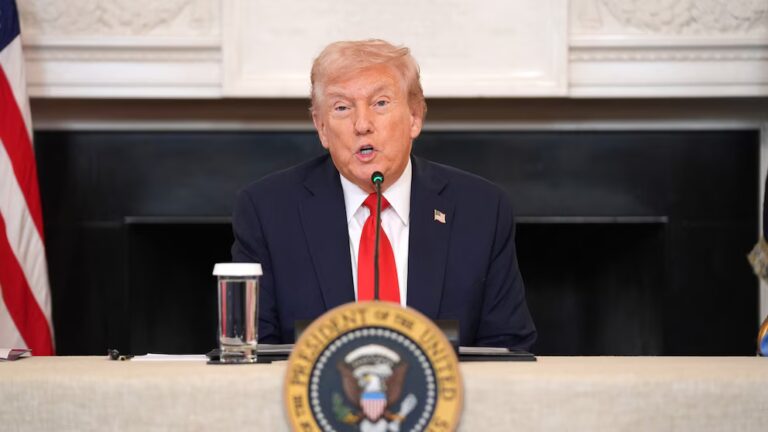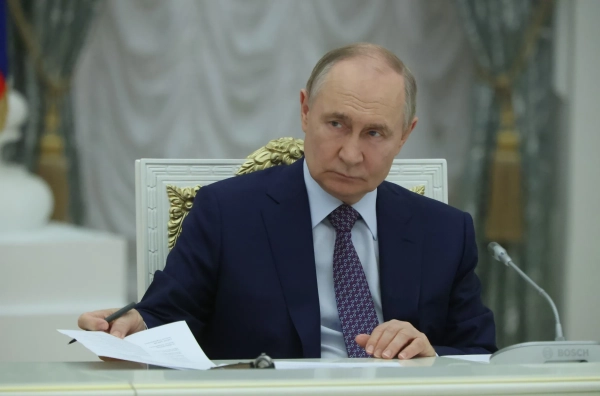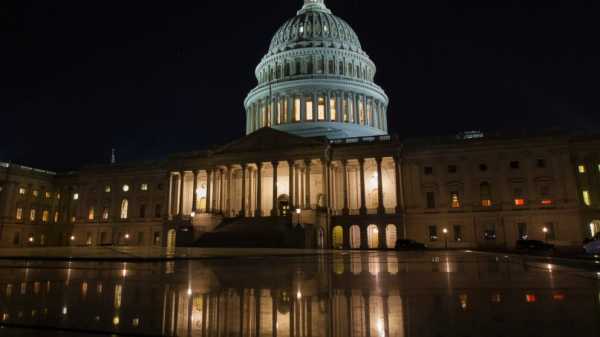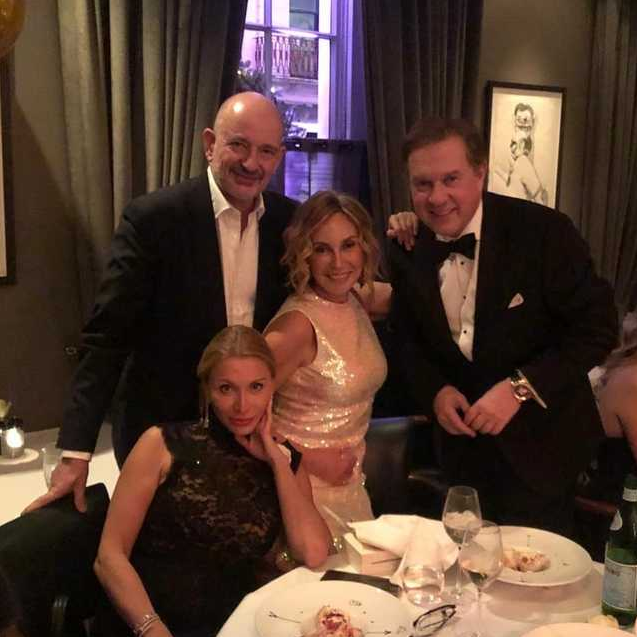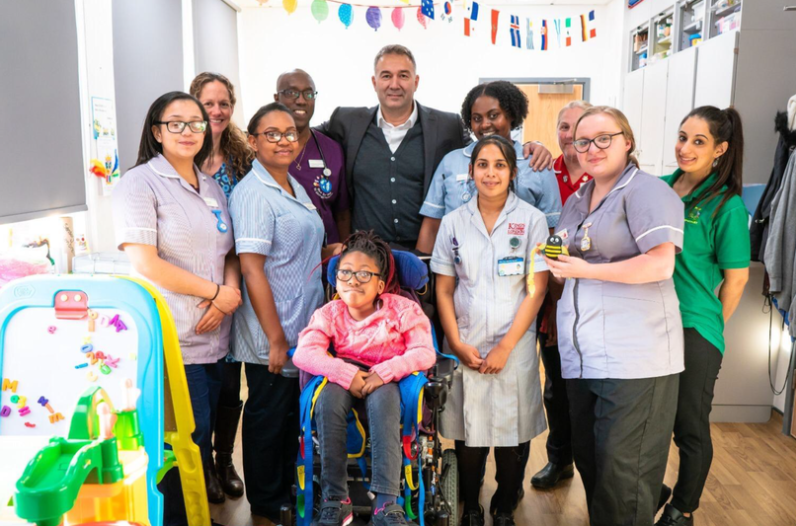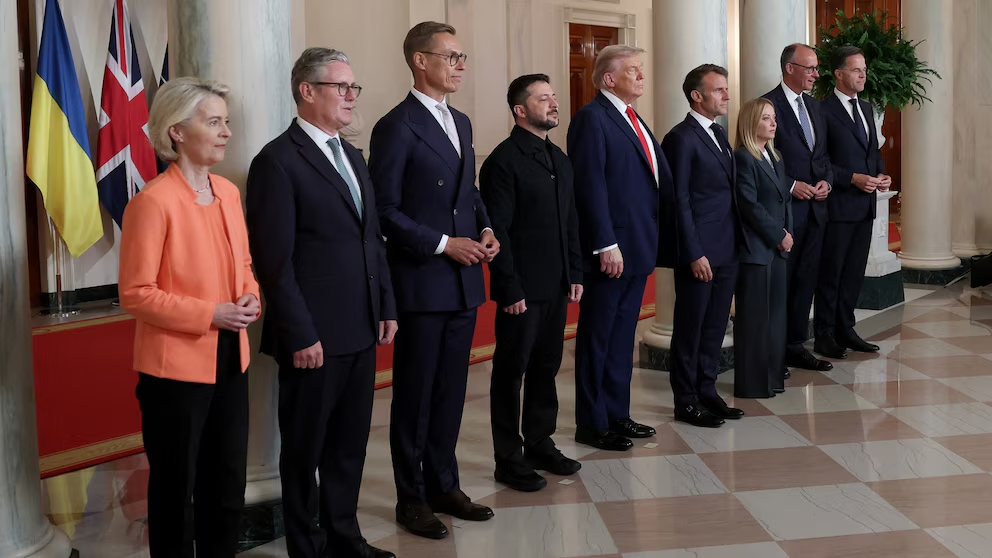
4:58European Commission President Ursula von der Leyen, British Prime Minister Keir Starmer, Finnish President Alexander Stubb, Ukrainian President Volodymyr Zelensky, President Donald Trump, French President Emmanuel Macron, Italian Prime Minister Giorgia Meloni, German Chancellor Friedrich Merz and NATO Secretary-General Mark Rutte pose for a family photo in the Cross Hall of the White House in Washington, August 18, 2025.Win McNamee/Getty Images
Senior U.S. and European military leaders devoted much of this week to closed-door conversations about potential defense measures for Ukraine that could reinforce the Eastern European nation’s defenses against Russia within a wider settlement. Yet the alliance’s highest-ranking commanders seemed to conclude without a finalized plan—at least none they were ready to share openly.
Gen. Dan Caine, President Donald Trump’s principal military counselor and chairman of the Joint Chiefs of Staff, hosted several European defense chiefs over dinner Tuesday evening at his residence on Fort Myer, Virginia. The dialogue carried over to Wednesday through a virtual briefing by Gen. Alexus Grynkewich, America’s senior commander in Europe and concurrently the head of NATO forces, officials indicated.
The objective of those exchanges was to craft strategic choices that Trump and political leaders across the NATO alliance could leverage to safeguard Ukraine’s sovereignty under a peace accord between Ukrainian President Volodymyr Zelenskyy and Russian President Vladimir Putin. Zelenskyy has urgently sought firm commitments from the alliance to deter any future Russian aggression.
"The chiefs of defense generated military pathways to back diplomatic initiatives aimed at forging a durable peace across Europe," stated Joseph Holstead, a spokesperson for the Joint Staff. "These measures will be forwarded to national security advisers in each country for deliberation as negotiations unfold. Dialogue and refinement will continue alongside the evolving process."
British authorities have previously indicated that the United Kingdom and France stand ready to spearhead a multinational deployment on Ukrainian soil, though specifics such as total troop numbers, contributing nations, or exact mission mandates remain undefined.
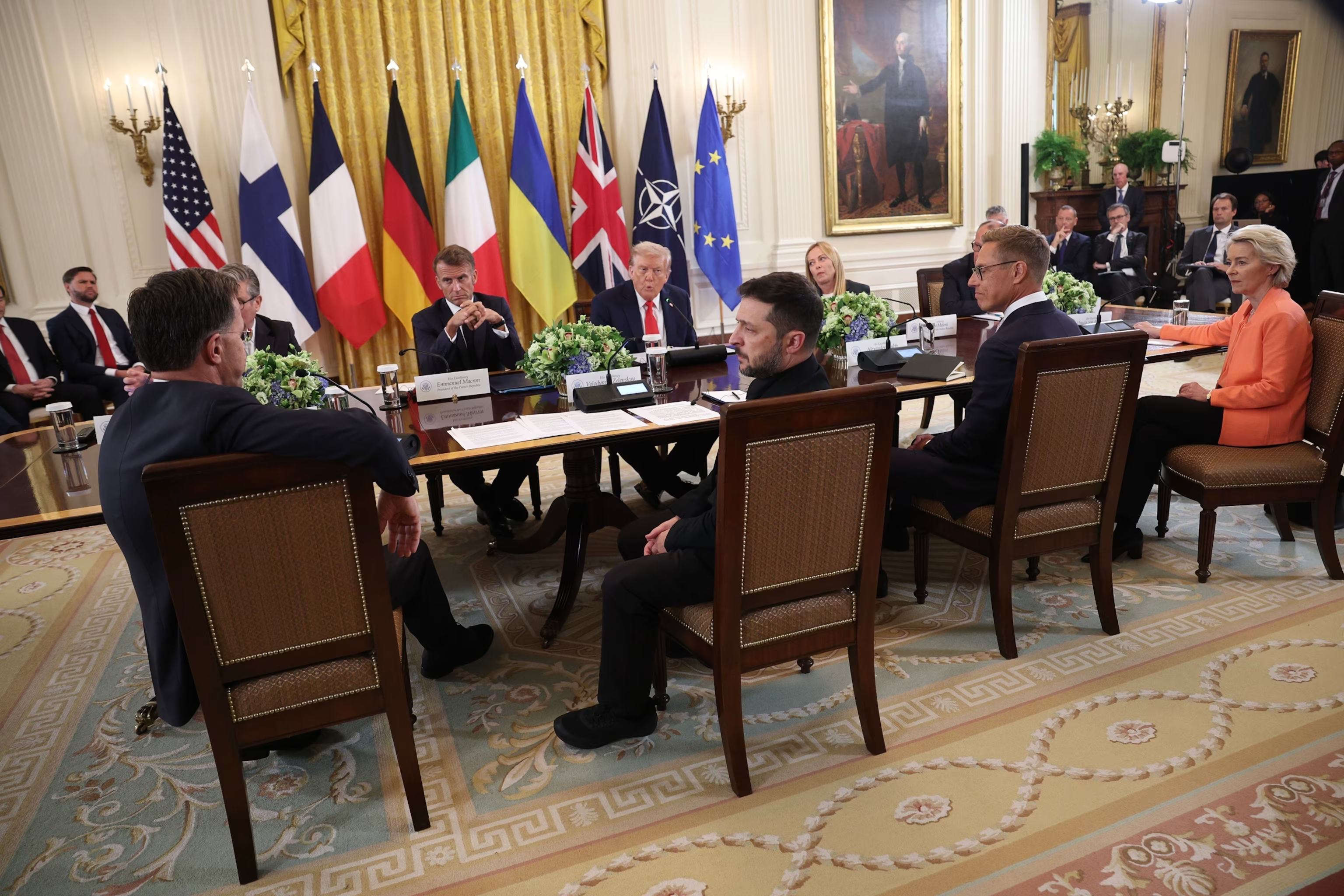
President Donald Trump hosts a meeting with Ukrainian President Volodymyr Zelensky, European Commission President Ursula von der Leyen, NATO Secretary-General Mark Rutte, and other European leaders at the White House on Aug. 18, 2025, in Washington, D.C.Win McNamee/Getty Images
On Tuesday, U.K. Prime Minister Keir Starmer celebrated the prospect of NATO-backed security assurances as a “breakthrough,” observing that the United States is now cooperating “at pace” with roughly thirty partner nations—what he labeled a “coalition of the willing”—to assist Kyiv.
“Such guarantees would guarantee that if a peace is reached and an agreement reached, compliance is maintained and renewed fighting is prevented,” Starmer remarked in a video posted to X.
Similarly, Gen. Keith Kellogg, the president’s special envoy on Russia and Ukraine, argued that robust security pledges could ultimately facilitate any ceasefire in the three-year conflict.
"By introducing effective security assurances, we give Zelenskyy bargaining space to engage with Putin and end hostilities, and I believe we’re heading in that direction," Kellogg told Fox Business on Tuesday.
However, beyond any troop commitment, the nuts and bolts of these prospective security guarantees stayed vague on Wednesday, with various officials stressing that deliberations remain preliminary and must merge into larger political discussions.
One source close to the exchanges noted that any NATO personnel deployed to Ukraine would likely focus primarily on training Ukrainian soldiers rather than taking part in offensive operations against Russian units.
Ivo Daalder, former U.S. permanent representative to NATO, told ABC News Live on Wednesday it appeared improbable that the alliance could craft a security pact satisfying Kyiv, the Europeans, and Moscow at the same time.
“What might emerge is a ceasefire—or an armistice, a more structured halt—accompanied by NATO or European assurances to Ukraine that Russia would not be able to reignite the conflict,” Daalder elaborated.
Pentagon policy chief Elbridge Colby informed allies at the Tuesday night gathering that Washington envisions only a modest supporting role in any Ukraine security arrangement, according to Politico. In a statement, Pentagon Press Secretary Kingsley Wilson confirmed Colby’s participation and said he relayed direction from the commander-in-chief and Defense Secretary Pete Hegseth.
"During the reception, Under Secretary Colby emphasized keeping the conversation aligned with President Trump’s earlier remarks, especially the president’s public statements that day," she noted.
NATO officials struck an upbeat note Wednesday following consultations with their peers, though they steered clear of concrete details.
“The Alliance has navigated pivotal moments before,” remarked Col. Martin L. O’Donnell, a spokesperson for Grynkewich and Supreme Headquarters Allied Powers Europe, in a post-meeting statement.
“History shows these challenges only strengthen our Alliance,” he added.
Admiral Giuseppe Cavo Dragone, who chairs NATO’s Military Committee, stated that members reaffirmed their backing for Ukraine during Wednesday’s assembly.
The collective “priority remains a fair, credible and lasting peace,” he emphasized.
For his part, Trump has declared he will not dispatch ground forces but left open the possibility of U.S. aerial support.
“President Trump has made it clear that American boots will not be on the ground, yet other forms of assistance remain on the table,” a White House official told reporters on Wednesday.
-ABC News Aicha Elhammar and Luis Martinez contributed to this report.
Sourse: abcnews.go.com
